Most of the plate-making staff have had the experience of continuous drying, and feel that most of the continuous drying operation is not difficult, but it is more difficult for the film with full graphics (such as full-size background dots) to be continuously exposed. Because of such film, even after the adjacent space is less than 2cm, even a few gaps or seamless connections are required, so that the dots along the edge of the mask sometimes shrink or even become imaginary. Why is this?
In addition to the PS plate and film, a glass plate, a cover, and a rubber membrane are also used in the printing. The positional relationship is as shown in the drawing.
The degree of closeness between the PS plate and the film will greatly affect the print quality. When covering the sun, cover it with a cover for at least two occasions. The fuller the picture, the closer the edge of the cover is to the edge of the picture, even closer to the edge of the picture. Because there is a layer of cover between the film and the glass plate, there is a gap between the film and the glass plate at the edge of the cover material. Here, the combination of the film and the PS plate is not tight enough, resulting in the narrowing of the network dots and the occurrence of virtual defects. It is easy to see from the figure that the thicker the cover, the wider the gap, and the wider the area where the dot is reduced, and vice versa.
To solve these problems, use as thin a cover as possible, especially near the cover. The author's experience is: if the gap between the graphic and text after drying is less than 5mm, ink can be used; if the gap is between 5 and 10mm, red film on the red film can be used; if the gap is between 10 and 15mm, black paper can be used. If the gap is greater than 15mm, a thinner paperboard can be used. In the above cover, the front can be replaced later, but not the other way. It is also possible to use an opaque material of a corresponding thickness without the above-mentioned covering, but it is preferable to use less or no cardboard. The specific approach is as follows.
(1) Ink cover: Apply ink with a width greater than 15mm from the back of the film at a distance of 3-4mm from the back side of the film. If the film blank is less than 15mm wide, apply the PS plate and make the PS plate and the ink on the film. There is overlap.
It should be noted that the ink should not contain solid particles, and the ink should be thin and uniform, and the blackness should be sufficient. After the ink is dried, after checking the above requirements, the film can be attached to the PS plate as required, and covered with black paper (not cardboard, too thick) where it needs to be covered and where there is no ink ribbon. After determining that the gap between the black paper and the ink ribbon is not more than 10 mm between the edge of the black paper and the edge of the image, the first exposure can be performed by attaching the black paper to the PS plate.
When the sun shines for the second time, if there is ink on the reserved photosensitive area of ​​the PS plate, it should be wiped and dried, and then ink is applied in the corresponding area as required. The film is then affixed to the PS plate as required, and the reserved space is checked. PS version of the photosensitive area is large enough (to be re-light when not enough, re-lighting, add ink or increase the black paper), and then press the first exposure requirements on it.
(2) Cover with a red film: Cut a piece of red film of sufficient length and width greater than 10mm. Carefully remove the red film and immediately attach it to the reverse side of the film. If the paste is not firm, you can use a small amount of water in the cotton to wet the back of the film and paste the red film. After drying, you can expose it. If the film edge is less than 8-9mm wide, the red film should be attached to the PS plate. The red film is 8 to 9mm from the edge of the graphic. The next task is similar to covering with ink, so I will not repeat them here.
(3) Covered with black paper or cardboard: It can be covered directly without special treatment, but it should be noted that the edge is not less than 10mm (black paper) or 15mm (cardboard) from the edge of the graphic. Try to use black paper instead of cardboard.
The above is only different from the general operation of continuous drying. Other steps and methods are still required to be implemented to ensure the quality of the printing plate.
Reprinted from: Printing Technology
Laser Cut Fence Screen Panels are the ideal screen to hide an unsightly neighbor`s backyard, to block unwanted direct sunlight, create privacy or to frame an outdoor room. All our outdoor Fence Screen Panels are of the highest quality and designed to resist corrosion through all seasons. Our outdoor screens are robust, yet lightweight and are protected by a robust and scratch-resistant powder coat, ensuring that they will stand the test of time in both commercial and residential settings.
Features a sturdy and attractive frame for a great look and easy installation
Ready to use, no sealing, painting or maintenance required
Mounts on gates, fences, walls and free-standing frames
Resistant to water, mold, mildew and termites
The color of the Fence Screen Panels can be freely assigned, with bright colors, smooth surface, high strength, strong toughness, corrosion resistance, antistatic, no fading, no cracking, etc.
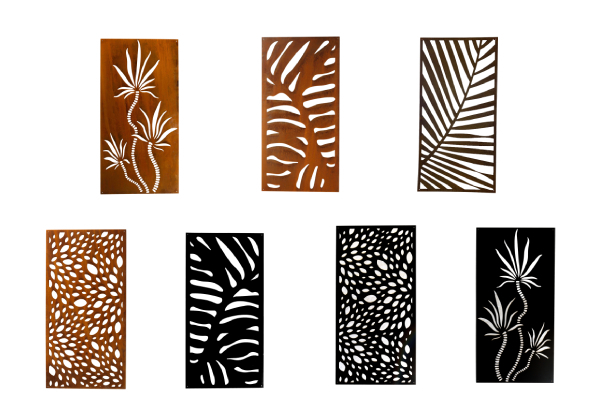
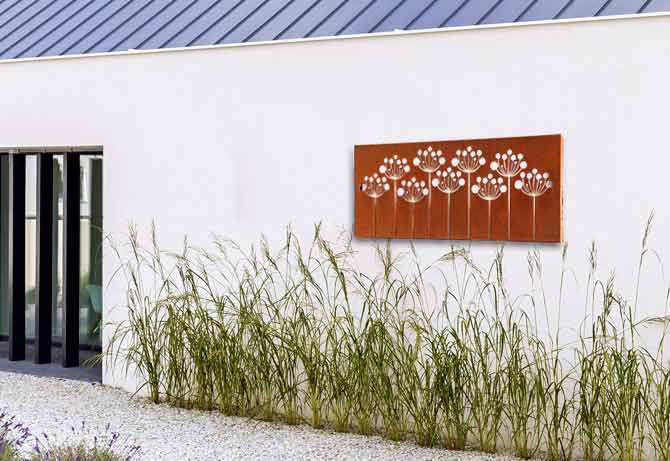
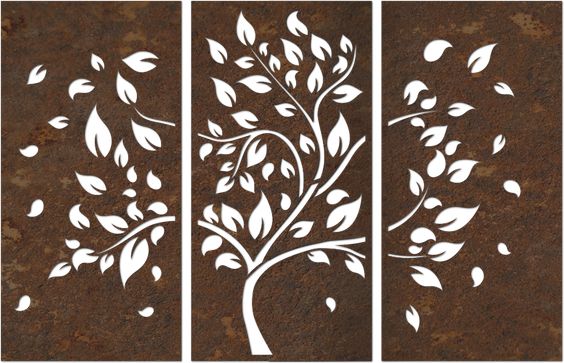
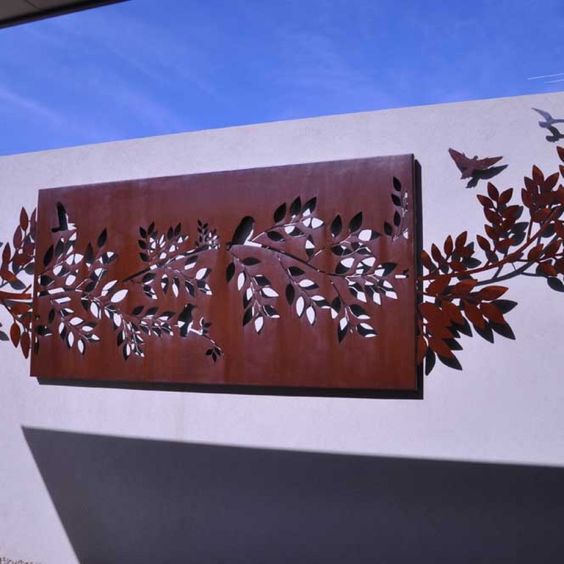

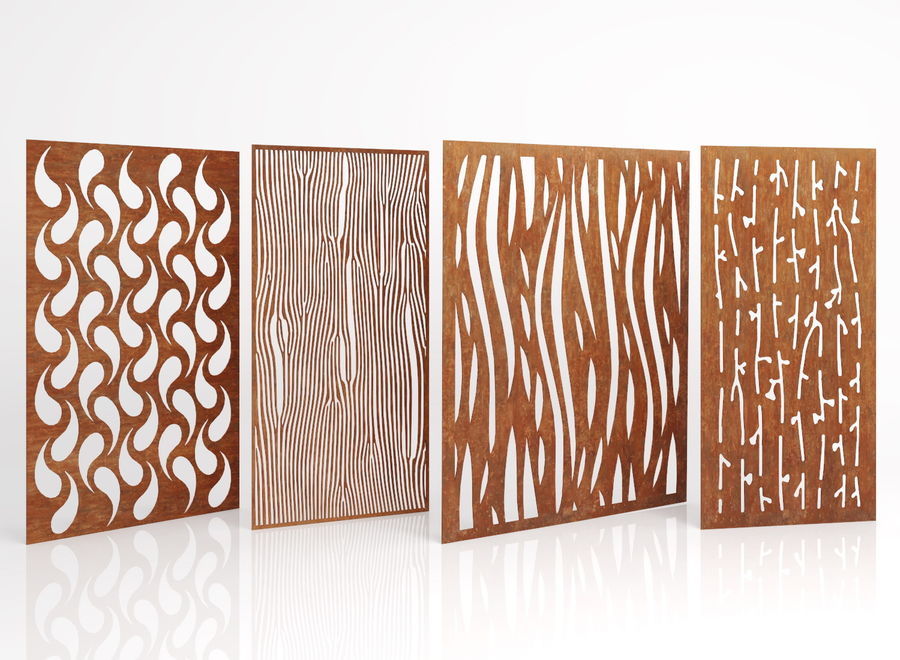
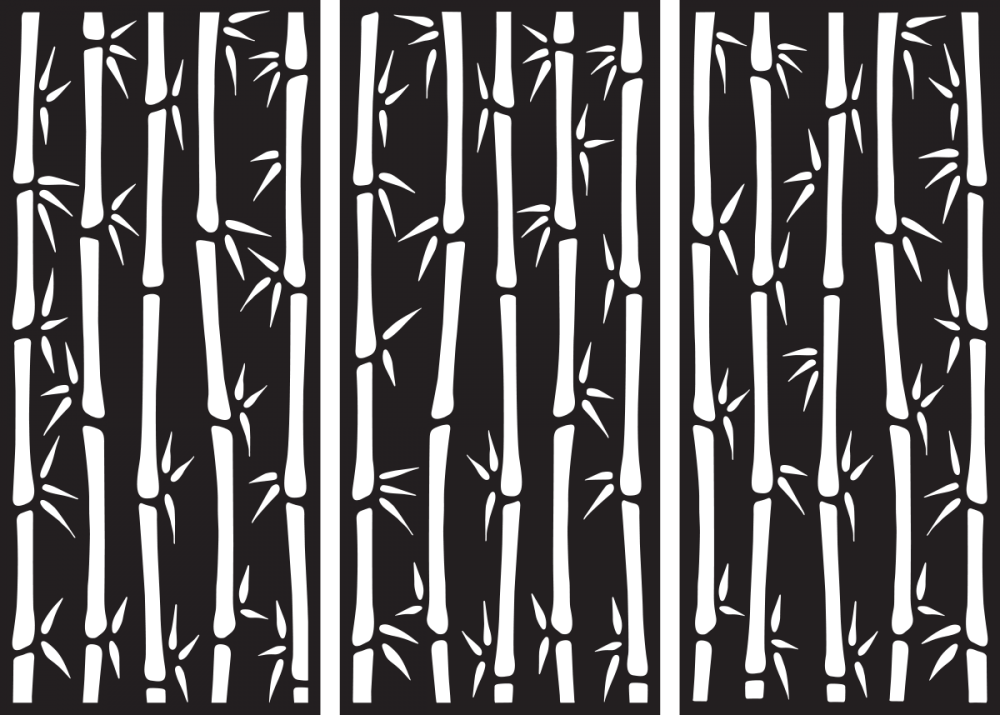
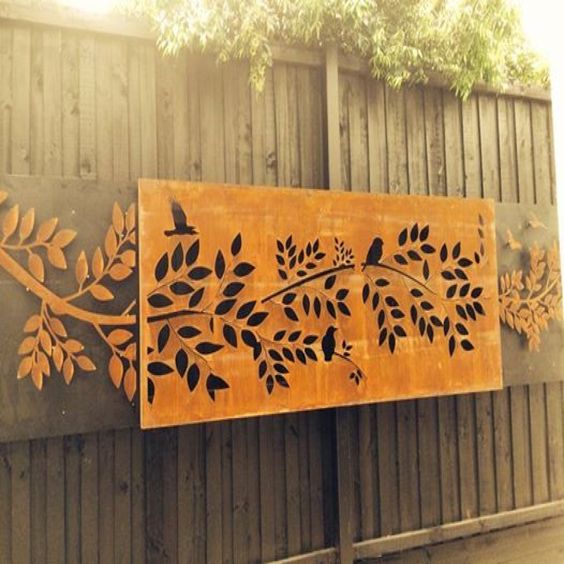
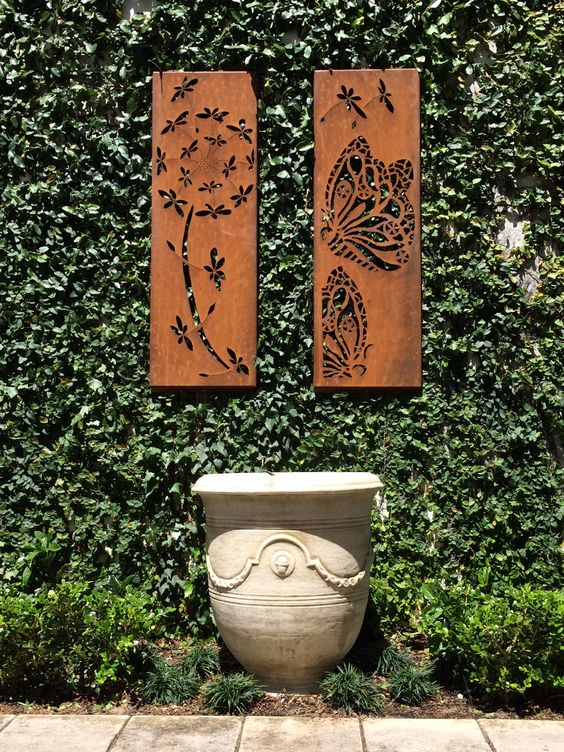
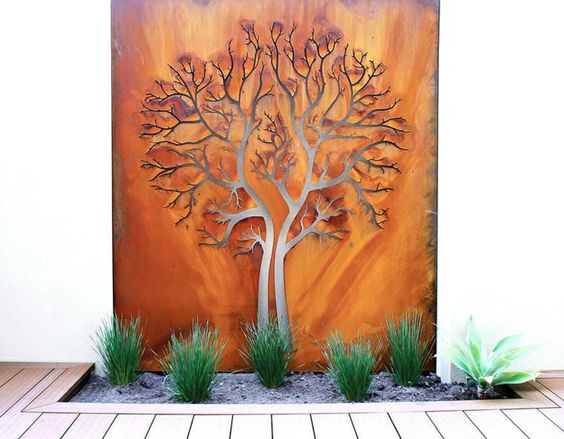
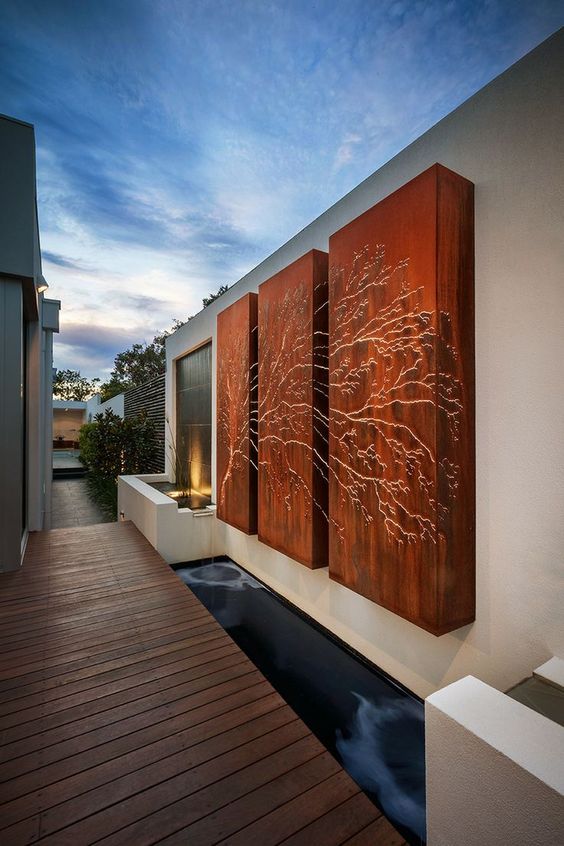
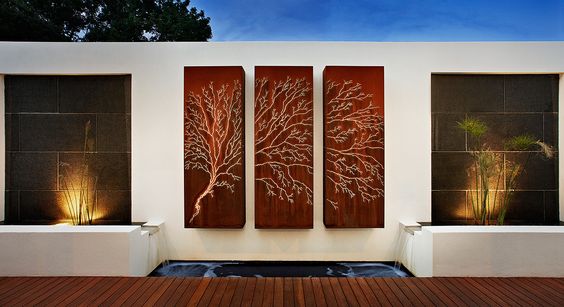
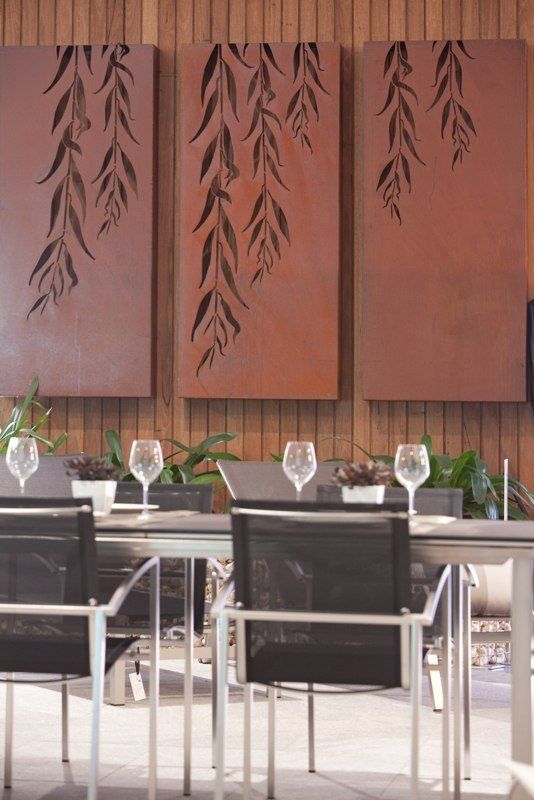
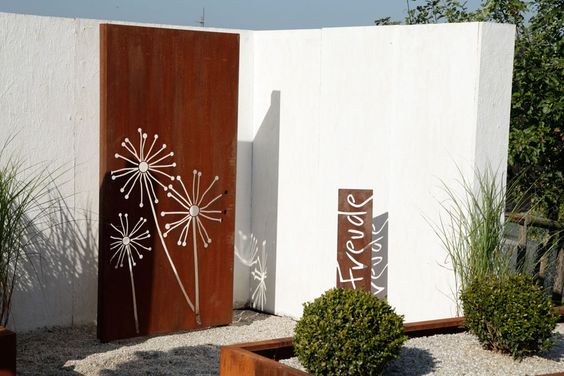
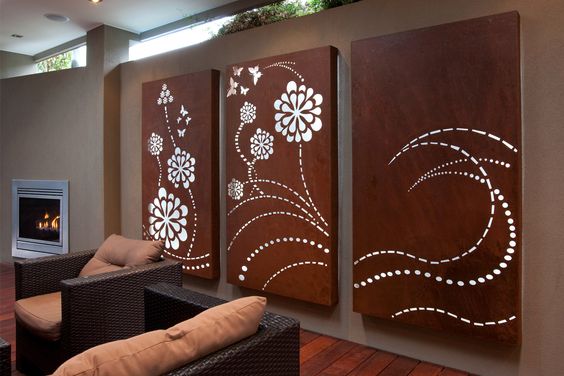
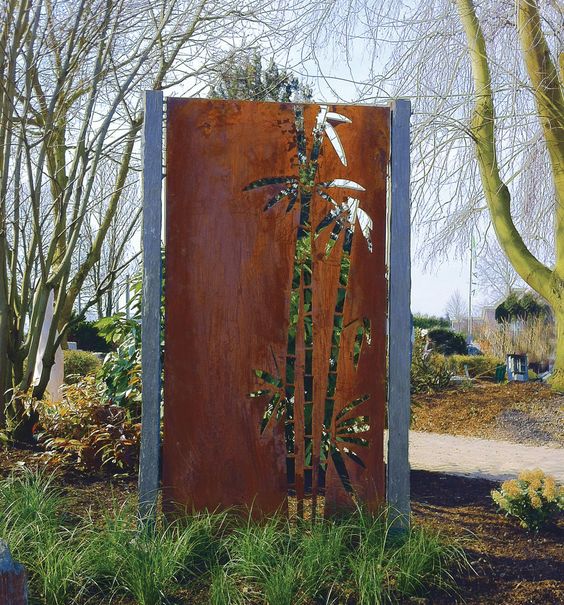

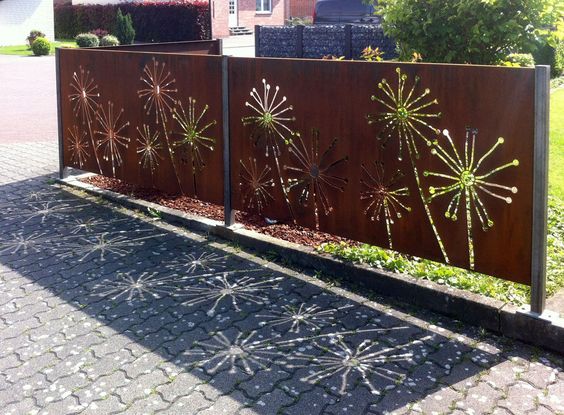
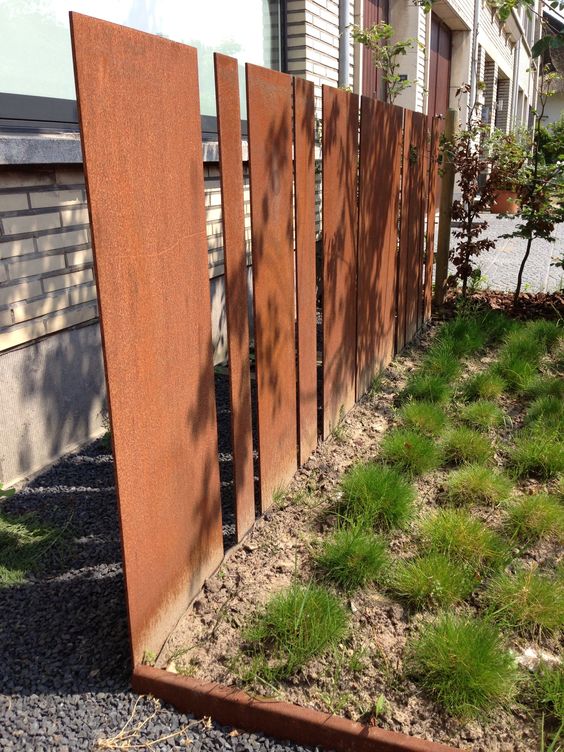
Fence Screen Panels,Willow fence screen,Cheap metal garden screens
Henan Jinbailai Industrial Co.,Ltd , https://www.jblbbqgrill.com